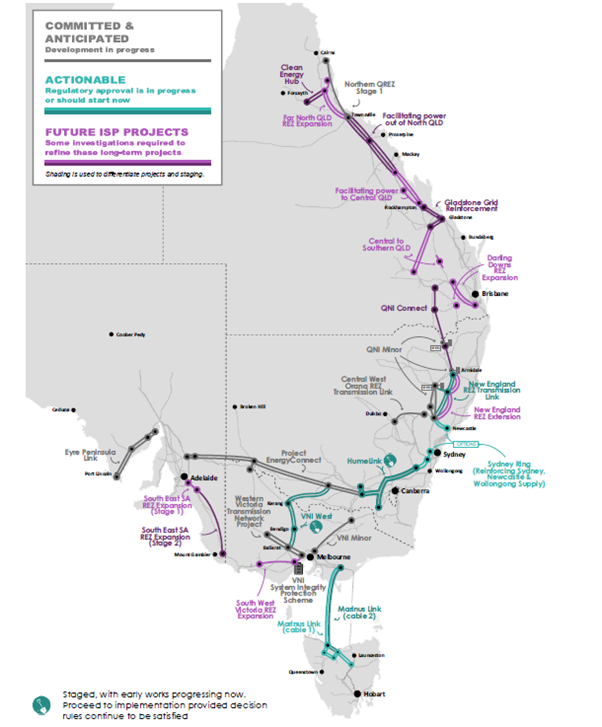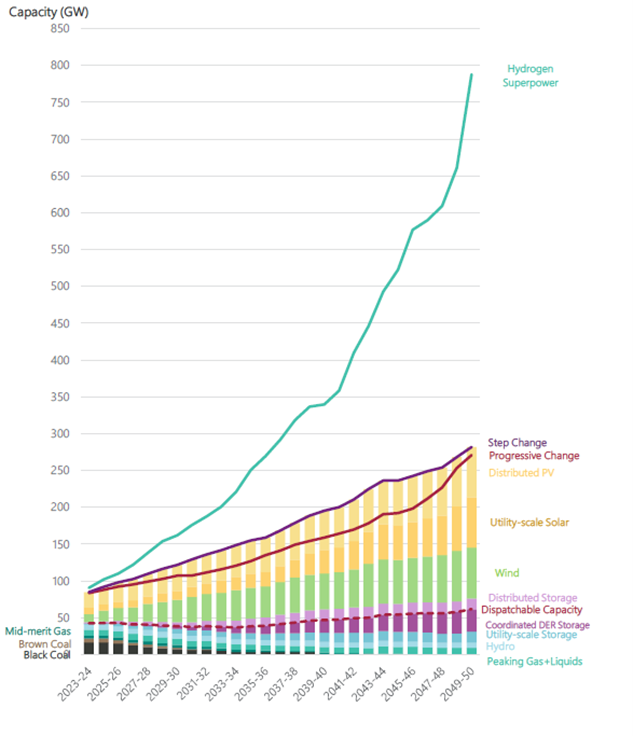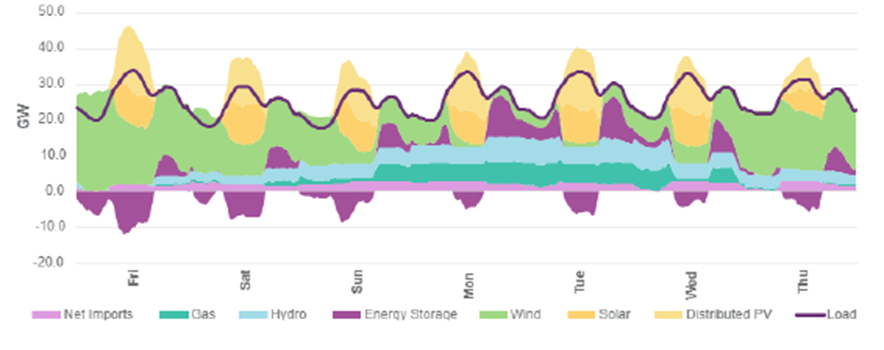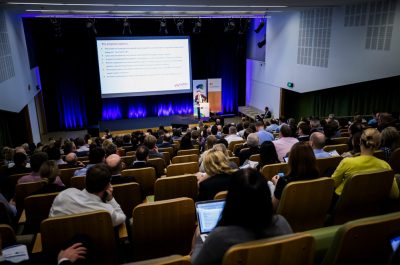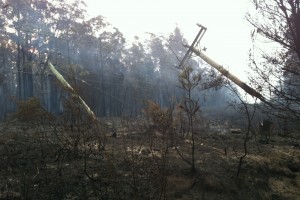Transmission the backbone of our energy grid
Kindergarten children will be able to tell you with much authority (and possibly hand actions) that the hip bone is connected to the backbone and the backbone’s connected to the neck bone. Our energy system isn’t much different. If generation comes from the brain or the skull then transmission is the backbone, transporting energy throughout the grid delivering it along streets and right to the tips of our fingers in our homes and businesses.
Transmission is an important enabler in the move to a lower emissions economy. New transmission is essential to keep customer costs down and transport renewable energy from where it is generated, usually in regional areas, to where it is needed in town and cities.
The Australian Energy Market Operator (AEMO) Draft 2022 Integrated System Plan (ISP) is the first ISP to be developed under the Energy Security Board’s actionable ISP rules framework. New actionable ISP projects will kick off the regulatory investment test (RIT-T) and cost recovery processes following the publication of the Final 2022 ISP mid this year. The draft optimal development path (ODP) proposes significant network investment that is expected to deliver more than $29b in net market benefit – or 2.5 times return. This investment is key to enabling variable renewable energy (VRE) development, storage and gas fired generation while fulfilling public policy, security, reliability and sustainability through what is a complex transition.
Fig 1 outlines the network projects committed/actionable and potential future projects.
Fig 1 Network projects in the optimal development path[1]
The ISP is a portfolio of projects that are robust to a range of scenarios and tested against a least-regrets approach. The two main scenarios Step Change and Hydrogen Superpower lead to substantive increases in demand as parts of the economy electrify to reduce emissions, see Fig 2.
The risk of under investing in transmission is far greater for consumers than over investing given the commitment to decarbonise the economy.
These actionable ISP projects serve to strengthen the essential transmission backbone of the NEM to diversify the generation mix across regions. Doing nothing is not an option as the thermal generation fleet ages, nearing the end of economic or equipment life. The ISP envisages that brown coal generation retires by 2031 and black coal generators by 2040. Under the scenarios outlined below, new transmission is essential, it is not a matter of if it is needed but when.
Gas, hydro generation and utility scale storage are important for dispatchable firm supply to meet demand. Coordinated distributed energy resources (DER) with storage that can provide firm generation when needed are also part of the dispatchable supply mix.
Fig 2: Development opportunities to 2050 in Step change compared to Progressive change and Hydrogen Superpower[2]
Infrastructure delivery risks are not symmetrical
There is a global movement to decarbonise; materials and resources will be in demand across the world. AEMO correctly points out that the demand for concrete, steel and key staff is likely to lead to increased costs and delays. It would be naive to consider that the project timings for major greenfield transmission outlined in the Draft 2022 ISP are going to be delivered as planned in the current environment.
The draft 2022 ISP notes the option value from staging where a project may be delayed, however there is also benefit in considering option value if one or more other projects are delayed. Staging can also lead to higher costs and delays. In a tight market bidders will look to win jobs with projects likely to proceed where their effort may be rewarded, not projects that could be deferred.
Securing social licence for large greenfield transmission investments is also essential. Alignment of appropriate compensation mechanisms for affected landowners and communities reflected in approved project cost recovery is important.
HumeLink should remain an actionable ISP project in the final 2022 ISP, not a staged actionable project
Based on the 2020 Final ISP, HumeLink was an actionable ISP project. Transgrid has completed the RIT-T for HumeLink and AEMO has approved the early works costs in the feedback loop, with regard to the total project cost. The project remains on the ODP. Transgrid expects to lodge the early works contingent project application (CPA) in April 2022. The second stage CPA will also be subject to the AEMO feedback loop.
Snowy 2.0 is expected to complete its delivery of 2,000MW of on demand energy generation by 2026. The NSW Infrastructure Investment Objectives Report (IIOR) also notes the risk of late delivery in relation to the NSW portfolio of infrastructure projects and retirement of generators. HumeLink is seen as an important project in the IIOR, it is needed for the reliability standard to be maintained and is assumed that it will not be delayed from 2026/27.
Given the market for resources and materials is expected to be tight, the HumeLink early works would be seeking to refine procurement and material costs and timings to ensure the earliest date of 2026/27 can be achieved. This is likely to extend finalising contracts and booking production slots to deliver as soon as practical.
Staging projects increases complexity and could mean that a project that has ramped up resources to meet an earliest delivery date is left with uncertainty and potentially increased cost.
ISP identifies significant benefits in Marinus Link progressing, cost recovery needs to be resolved
Marinus Link contributes the highest net market benefit ($4.6 billion) to the draft ODP ($26 billion) and should proceed as a single actionable ISP project. As the draft ISP identifies, Marinus Link improves system reliability through enhanced geographic diversity between Tasmania and mainland Australia. The entire 1500 MW interconnector is needed in all the scenarios identified.
TasNetworks is competing on the world stage for manufacturing, construction and commissioning converter stations and cables. Therefore, any change in the status of Project Marinus in the final ISP will have a material impact on project cost and reaching financial investment decision (FID) and in-service dates, with the potential to further deviate the NEM from its least-cost pathway.
While the design and approval phase of the project is funded until June 2024, its cost recovery remains a key project risk, which requires a pathway for resolution soon. The net market benefits of Marinus could be further improved if the remaining brown coal generators in Victoria close earlier than anticipated.
Consider the insurance value of delivering VNI West at the earliest date
In the draft 2022 ISP, VNI West project linking Victoria and NSW is targeting early works in 2026 and a target implementation date of July 2031. VNI West contributes about half the net benefits of Marinus Link and if/when implemented in mid-2031 will provide access to Snowy 2s deep storage. VNI West’s earliest commissioning date remains 2026/2027 in this ISP.
The last brown coal generation in Victoria is expected to retire by mid-2031, however the draft 2022 ISP appears to be aiming for a just-in-time delivery; this is risky in the current environment.
There may be insurance value in aiming to deliver VNI West at the earliest date 2027-28 so Victoria has access to deep storage, increased locational generation diversity and resilience. This would diversify the project delivery risk across VNI West and Marinus Link should one project be delayed.
Fig 3 below indicates the strong role for firming resources and transmission during low renewable energy periods. This highlights the need for dispatchable resources in Victoria, particularly when/if heating electrifies.
Fig 3: A weeks dispatch outcomes across the NEM (exc Qld) Step Change 2039
The draft 2022 ISP recommends a portfolio of actionable projects that are on the draft ODP. These actionable ISP projects serve to strengthen the essential transmission backbone of the NEM to diversify the generation mix across regions. AEMO has undertaken significant engagement with a wide range of stakeholders, these projects are robust across a range of possible future scenarios. In an economy that is transitioning to lower emissions it is clear that there are substantive increases in demand and transmission is essential to meet this demand.
Doing nothing is not an option as the thermal generation fleet ages, consumers and governments expect a reliable energy supply through this complex transition.
[1] AEMO, draft 2022 Integrated System plan, p14
[2] AEMO Draft 2022 Integrated System Plan, p34
